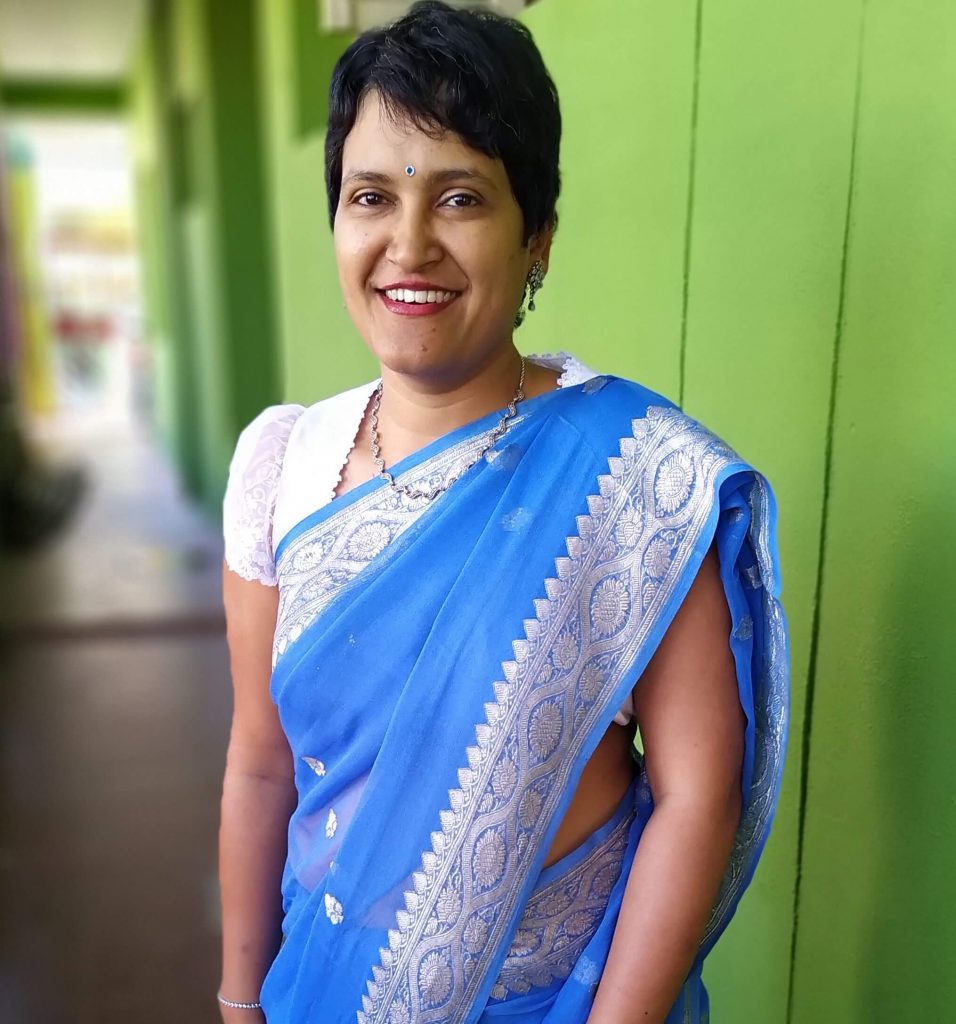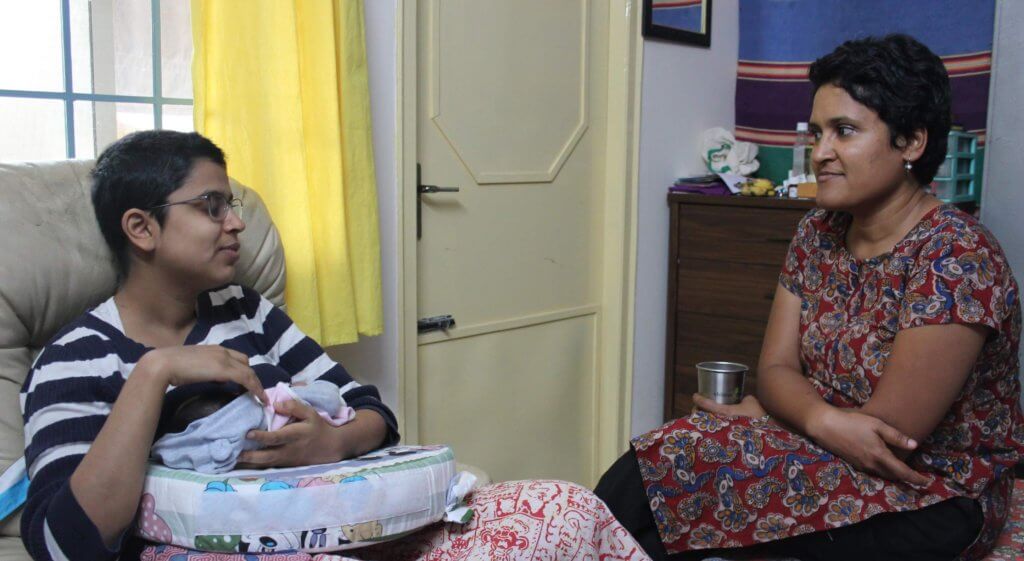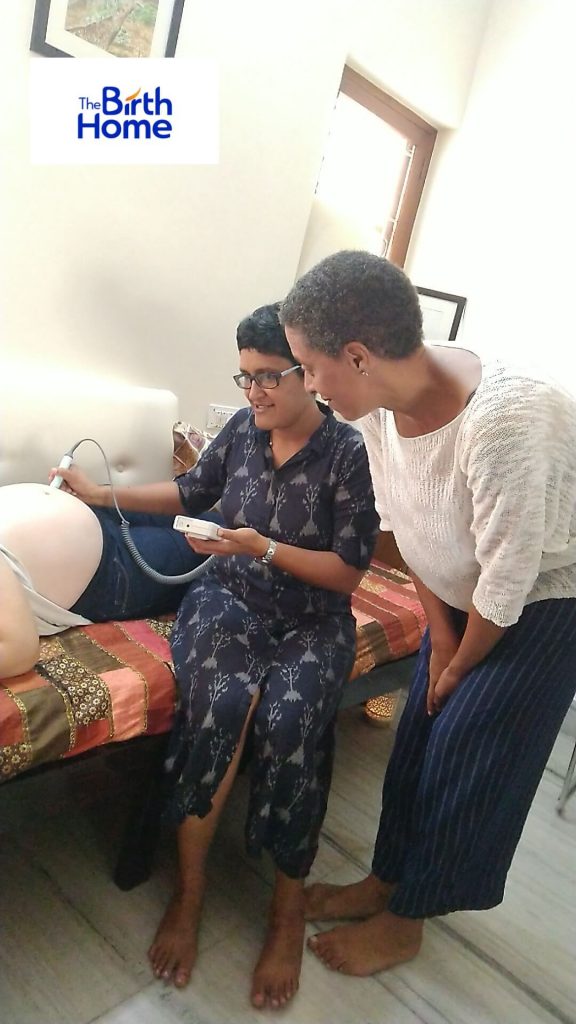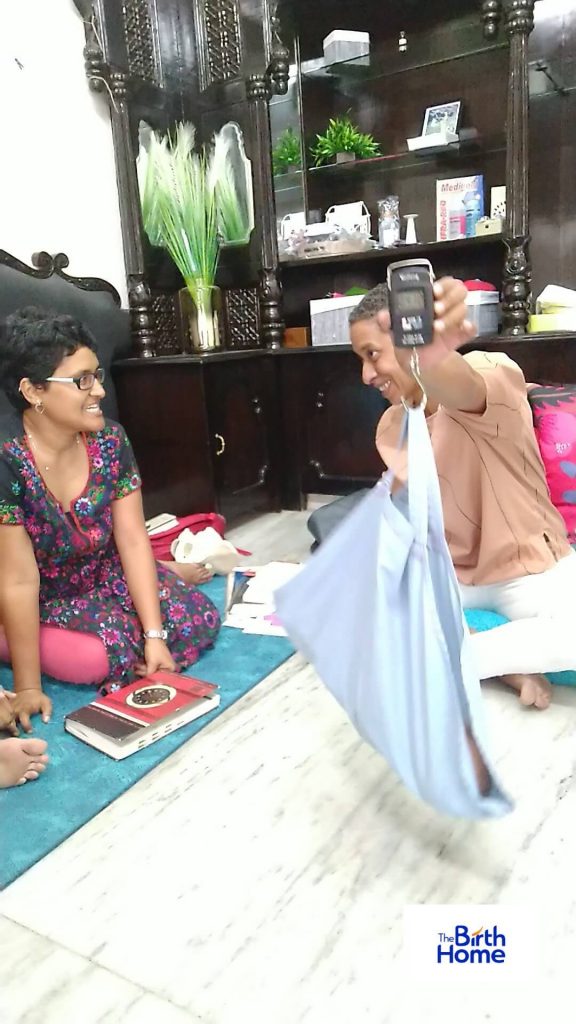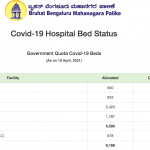By Zahid H Javali
Chetana Kulkarni (39), the co-founder of The Birth Home in JP Nagar, is on a mission. The resident of Indiranagar believes in natural birth and family-centred care to be her life’s focus. Though qualified as an engineer, midwifery has become her life’s calling in the last 15 months in Bengaluru.
While the city’s only midwifery centre is led by an international midwife, her firm also works with obstetricians, physicians, and hospitals, if required. “This enables us to provide safe care for low-risk pregnancies with access to medical technology and obstetrical skills,” says Chetana whose goal is to make the midwifery model of care as a mainstream option for pregnant women wanting a normal, healthy pregnancy. “To enable this, we have a study group for aspiring midwives in the city,” she says. “Once a month, we meet at the centre to share research on a pre-decided topic on midwifery, practice a skill and discuss a case study. It is led by our primary midwife and is an option for anyone interested in learning more to join.” Those interested can join the facebook group.
The centre receives quite a few clients who have had a previous C-section and are looking to birth their babies vaginally. “We see clients from a wide age group in the reproductively active range of 22 to 40 years,” says Chetana. “Our clients understand the high contact, high touch and high human resource care we provide and desire it for their families and pregnancies.”
Breaking through myths
Quashing long-held beliefs is part of her job. She tells her clients to trust their bodies. “Many parents are told that they do not have enough milk and are sent home with medications to increase milk, infant formula or breast pumps,” says Chetana. “While all these have a time and place in some parents’ lactation journeys, most parents can breastfeed successfully without any of them.” She is right. Studies have shown that most breastfeeding challenges can be avoided when the baby breastfeeds within the first hour after birth. “An unmedicated, gentle and natural birth means that the baby is alert and is able to find the breast, latch on and suckle effectively,” says Chetana who will soon become a community midwife. But right now, she is a midwifery student and a trained birth assistant. “At The Birth Home, we are being mentored and trained by an experienced international midwife. I facilitate childbirth preparation classes during pregnancy for couples. Additionally, I have been supporting families in their breastfeeding journeys as a lactation counsellor.”
A birth worker’s journey
Helping her in the journey are partners Sneha Shah and Meghana Naidu. Together they run the centre’s daily operations while thinking about the big picture. Having lived in Bengaluru most of her life, her first job was that of a birth worker. “It was in the field of lactation embedded in the firm belief that breastfeeding challenges have breastfeeding answers,” she says, and credits her supportive partner for standing by her. Her two children are her constant inspirations and “the reason for me to leave behind a software engineering career and become a birth worker”.
The centre took shape based on Chetana’s experience abroad. In 2010, she gave birth with the help of a midwife. It took her almost eight years to find like-minded birth workers in her hometown to set up The Birth Home. “We are four partners who are all birth workers for many years, bringing our own skills, strengths, and experience in successfully running the center,” she says. “We are proud that the center is entirely run and managed by women entrepreneurs and clinicians.”
Moms are the centre of focus
The Birth Home model of care is centered around the person who is giving birth. “The would-be moms are the ones who can make informed decisions about their care, based on the tenet that we know our bodies and our babies the best,” says Chetana. “That birth is a normal body function and over 80% of people can give birth vaginally and normally.”
In today’s overmedicalized model of childbirth, The Birth Home is a refreshing departure to the good old days of natural births. “Every prenatal visit lasts at least about an hour,” explains Chetana, “where we spend considerable amounts of time building a trusting relationship by answering questions, discussing any concerns and emotions, explaining the model of care; and counselling about navigating the pregnancy, such as nutrition, exercise, rest, ultrasounds, blood tests and any other investigations needed.” All this is in addition to the clinical care that is integral for every visit. The clinical care includes measuring the size of the uterus, checking the weight patterns, blood pressure, feeling the position of the baby and listening to the baby’s heart rate.” We check levels of protein, glucose, ketones, pH, specific gravity and nitrates in urine as they confirm if our clients are normal and healthy,” says Chetana. “During labor and birth, our clients often report feeling confident and cope well without pharmacological pain relief.”
Orchestrating natural birth
Giving birth is all about keeping a relaxed state of mind. Explains Chetana: “They often use movement, relaxation, eating & drinking, water, massage, breathing, aromatherapy, music, and a plethora of other comfort measures. They tune into their bodies, oftentimes letting go of their rational thinking, so that the hormones of labour can orchestrate and lead to normal, natural birth. All this is possible, usually because of the dim lighting in our birth rooms, low voices, privacy, and respectful care. As a part of the clinical care in labour and birth, we do a full vitals assessment of the birthing person and listen to the baby’s heart tones, at regular intervals to ensure that they are appropriate for midwifery care.” The Birth Home also offers the option of a vaginal birth after C-section (VBAC), which means that parents who have had a previous cesarean section surgery can choose to have a safe vaginal birth for their subsequent pregnancies.
Going forward, Chetana envisions a community-based midwifery model. “Our focus is on training and education of birth workers to become midwives,” she says. “We do hope to have more centres in future.” The centre spreads awareness about natural birth, breastfeeding, and unassisted pregnancy by being active on social media and conducting regular virtual sessions, including their Facebook group.
The Birth Home currently has one international midwife, who is a certified professional midwife and a master trainer for other midwives. Chetana hopes to become a midwife in four years from now. “Becoming a midwife will give me the skills, experience and know-how required to help birthing persons and babies in a safe, normal and natural manner in an out of hospital setting. Besides, I hope to train other interested persons to become midwives.”
The support system is crucial
Taking care of one’s self in pregnancy is of utmost importance in Chetana’s scheme of things. “Having a support system and a care provider who places you and your baby in the center is key,” she says, “where you can lead your care, make the choices that are right for you, which can enable you to have the birth you desire”. She believes that focussing on nutrition, emotional and physical health, and creating balance in the mind and body are essential for a natural, normal birth.
Preparing well for pregnancies
Chetana also believes that preparatory classes will be a boon too. “Learning about pregnancy, childbirth and after birth, by enrolling in childbirth education classes can have long term impacts on the entire family,” she says. “Knowing your options and making the right decisions can help you get a birth you desire, recover after birth, bond with your baby, breastfeed exclusively, and it can influence your mental health, and your parenting styles as well.”
At The Birth Home, the baby comes onto the parent’s chest right after birth, they are not separated for at least a few hours and until the baby has breastfed. “Breast milk is produced during the second trimester of pregnancy,” says Chetana. “It is available even for premature babies. If someone tells you that you do not have milk after birth, it is a myth. Please keep your baby with you and feed often. That is the best way for both the baby and you to learn the skill and art of breastfeeding.”
In the entire journey, the role of partners is quite essential during pregnancy, childbirth and postpartum.”Your birth partner’s job is to make sure you are comfortable, feel supported and cared for 100%,” says Chetana. “Partners can help by meeting simple needs like ensuring that you are drinking water, eating to keep up your energy, emptying your bladder at least every two hours, to massage, press your back or legs can really go a long way to create a conducive environment for labor and birth.” Besides, attending childbirth education classes in pregnancy can give the partners a fair idea about the importance of their role in the new family dynamic.
And finally…
Therefore, if you are a would-be mom or a new mom, you need to feel loved and well taken care of. Says Chetana: “Your family can provide the much needed help by taking care of chores and cooking good, nutritious food, so that you can concentrate on your baby.”

